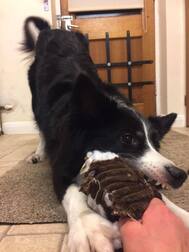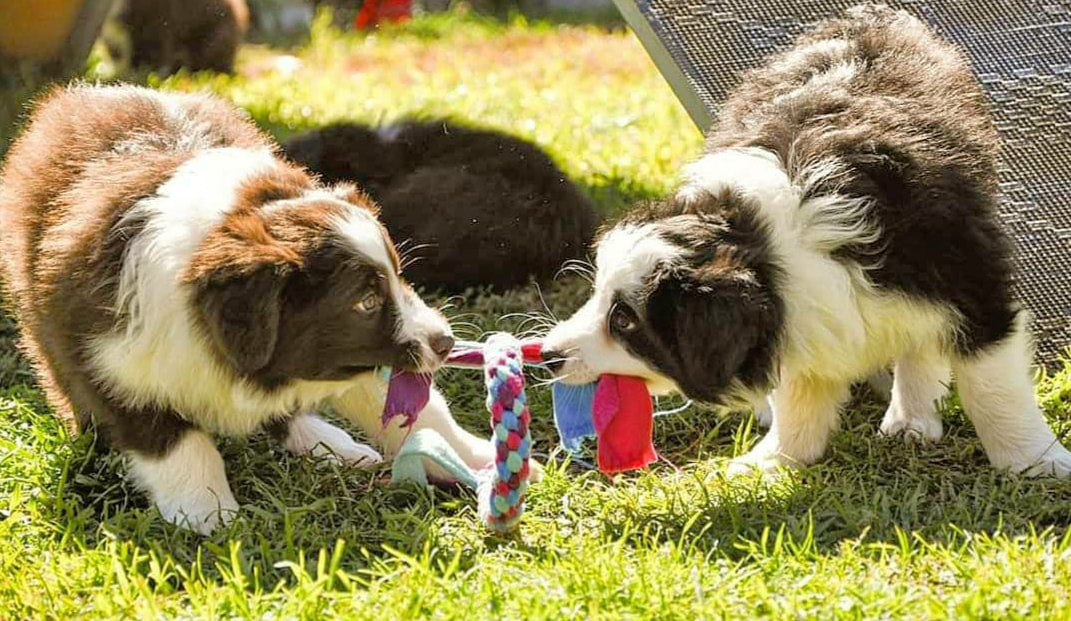|
6/4/2020 0 Comments Stay-At-Home Enrichment Stay-at-home enrichment activities are suitable for any dog to try as an addition to regular exercise, or as a substitution for those dogs that cannot be exercised due to illness or injury, cannot be walked for the safety of themselves or others, or for dogs whose owners are unable to exercise them. When determining the best suited enrichment activity for your dog, you will first need to observe how your dog interacts with its environment. You then need to develop activities to enhance the environmental and behavioural opportunities for your dog in its daily activities. Your dog is more likely to succeed at activities that it naturally finds enjoyable. The ideas provided are by no means an exhaustive list, and not all activities will be suited to all dogs or situations. It is important that you trial different ideas, under supervision initially, to determine what works best for you and your dog. AIM
RECOMMENDED ITEMS
PREPARATION
TECHNIQUES Food Scatters: Food scatters can be used in addition, or as a replacement, to meals.
Hide & Seek: Best used for dogs who know ‘Fetch/Get It’ with toys and understands a short ‘Stay/Wait’ cue.
These toys can be used in ‘Fetch/Get It’ games as they bounce in an unpredictable way, which increases exercise and stimulation.
When your dog is rewarded for displaying the correct behaviour, it increases their confidence through positive reinforcement. Things that dogs find rewarding include food, toys, games, praise/attention, and patting/massage. Positive reinforcement has been associated with the least amount of undesirable behaviours when compared to other training methods(2).
Even if not being walked, games can be played inside and outside the house, depending on your individual circumstances.
Scent Games: Your dog has a much greater sense of smell than we do as humans. Studies have shown that dogs can detect odours from fingerprints left on a pane of glass 6 weeks prior(3). Asking dogs to use their sense of smell to gain a reward (e.g. finding tasty food) can really work their brain!
These are toys designed to teach your dog to problem solve by working out how they retrieve a treat from an object (see Nina Ottosson)(4). This can be in the form of a purchased toy, such as the Nina Ottosson range where they have to slide or remove part of the toy to uncover the treat. Alternatively, there are many toys you can make at home, including:
Dr Liz Bailey BVSc MANZVCS (Veterinary Behaviour) MRCVS Dr Emma Vermeeren MDI (CPDT) BSc DVM REFERENCES
0 Comments
Your comment will be posted after it is approved.
Leave a Reply. |
AuthorWrite something about yourself. No need to be fancy, just an overview. Archives
April 2020
Categories |
||||||
Opening Hours
|
Phone ABC
|
Naracoorte & Penola Veterinary Centres
Emergencies:
|


 RSS Feed
RSS Feed
